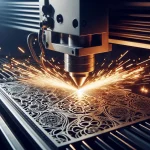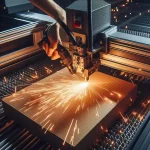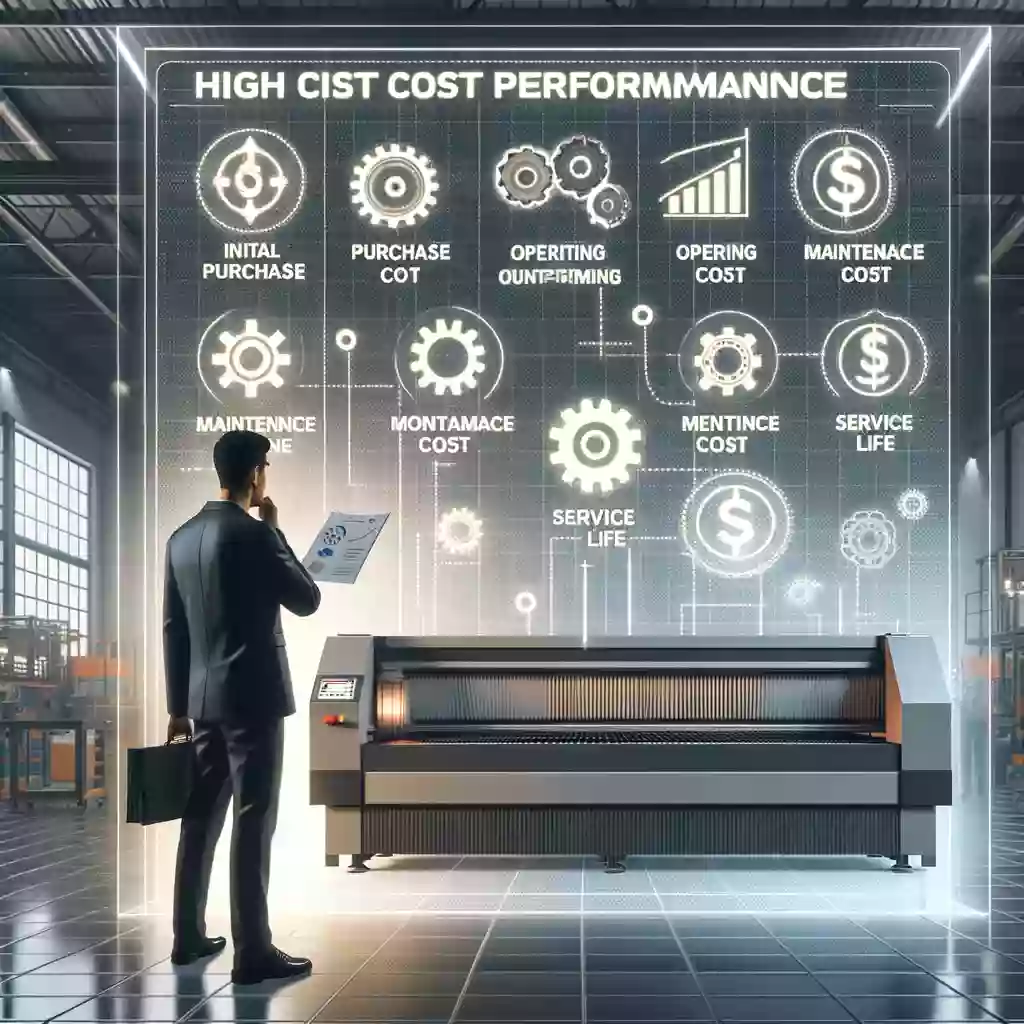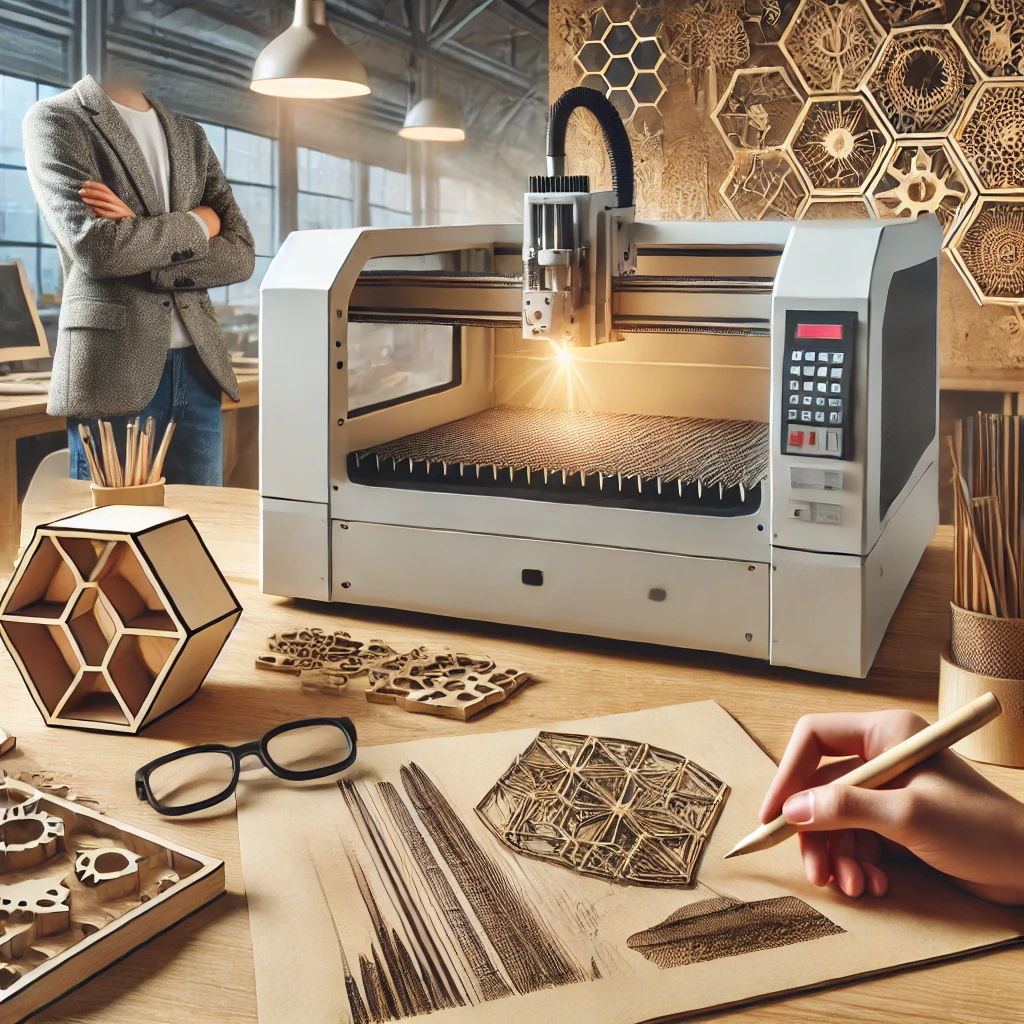Revolutionary Applications of Laser Engraving Technology in Glass Refinement
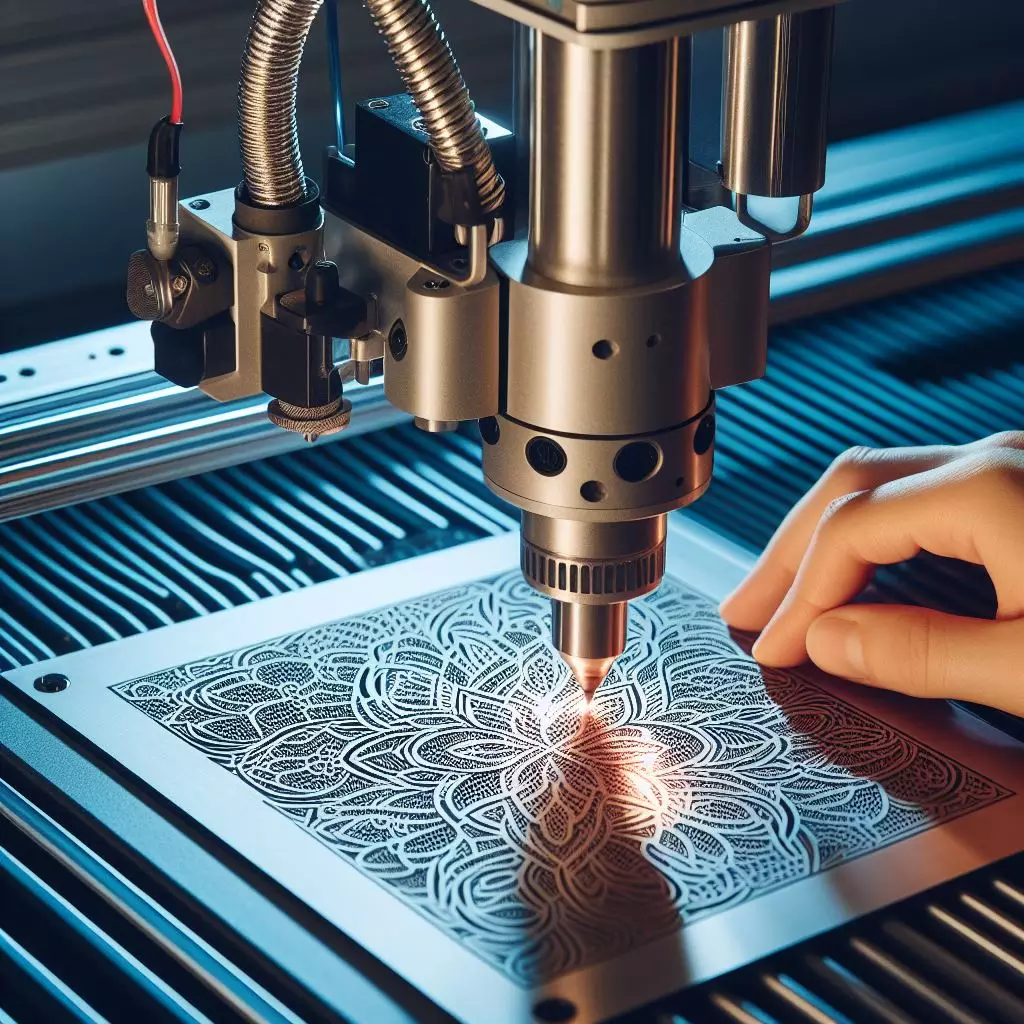
With the continuous advancement of technology, laser engraving has become a crucial process in the field of glass processing. This technology not only enhances the precision and intricacy of glass engraving but also brings innovations and environmental advantages that traditional methods cannot achieve. This article will delve into the application of laser engraving technology in glass refinement, analyzing its technical principles, advantages, application fields, and future development trends.
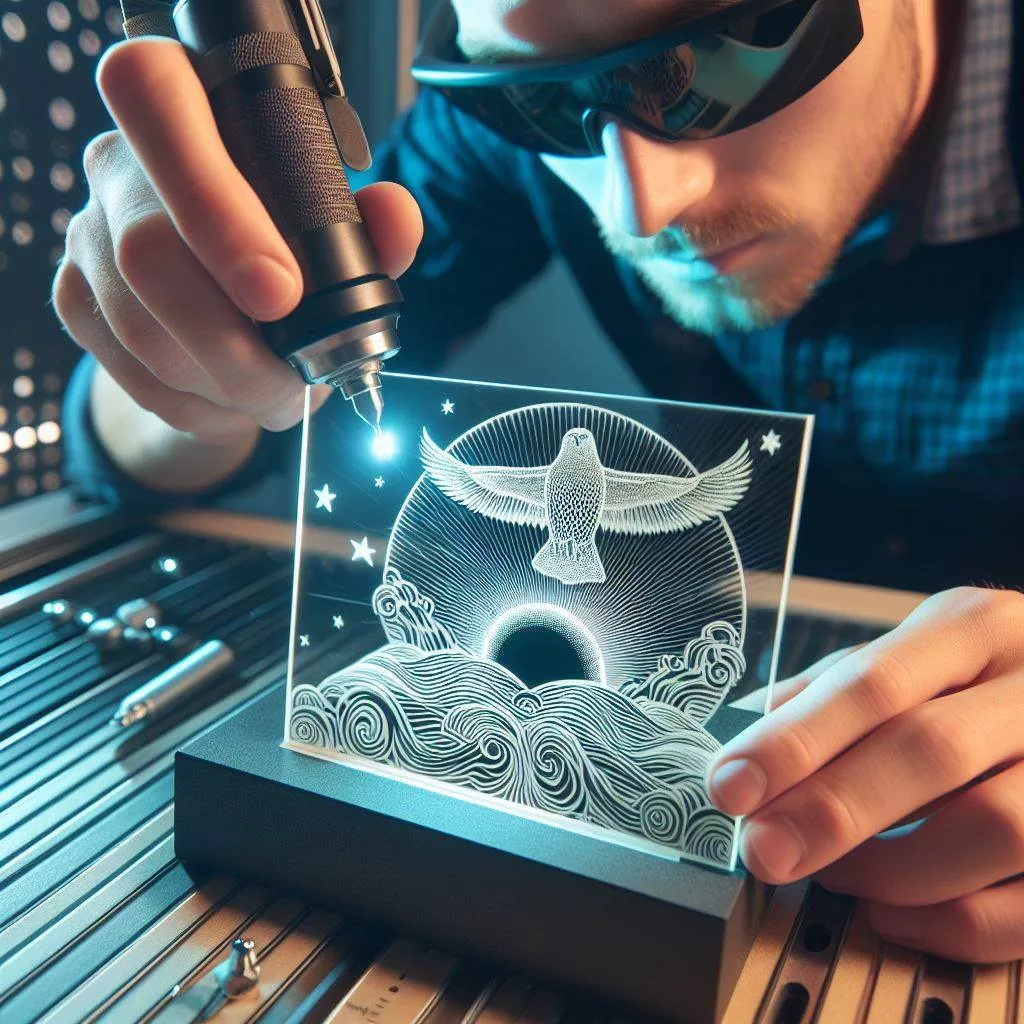
Principles of Laser Glass Engraving
Laser glass engraving is a precise process that uses laser beams to engrave patterns, text, and images on the surface of glass. The laser beam, through the concentration of high energy, causes localized vaporization or alters the physical structure of the glass surface, creating a permanent engraving effect. Generally, CO2 lasers are most commonly used for glass engraving because their wavelength is well-suited for glass materials.
The laser engraving process involves adjusting several key parameters:
- Speed: The movement speed of the laser beam directly affects the depth and detail of the engraving. Too fast a speed may result in incomplete engraving, while too slow a speed may cause the glass to overheat and become damaged.
- Power: The power of the laser determines the intensity of the energy. Excessive power may cause the glass to crack, whereas insufficient power will not produce clear patterns.
- Focus: The laser beam must be precisely focused on the glass surface to ensure the clarity and intricacy of the engraving.
By precisely adjusting these parameters, laser engraving technology can achieve highly detailed and complex designs on glass, meeting various application needs.
Advantages of Laser Engraving
Compared to traditional glass engraving methods such as sandblasting and chemical etching, laser engraving technology offers significant advantages:
- High Precision: Laser engraving can achieve extremely fine details, including complex patterns that are difficult to achieve with hand engraving.
- Cleanliness: Laser engraving does not produce any burrs or irregularities on the glass surface, ensuring a smooth and aesthetically pleasing finish.
- Consistency: The results of laser engraving are highly consistent, which is particularly important for mass production. Each product meets the same quality standards.
- Speed: Laser engraving is faster than manual engraving or other traditional methods, significantly increasing production efficiency.
- Versatility: Laser engraving is suitable for various types of glass, whether for simple linear designs or complex three-dimensional patterns.
- Environmental Friendliness: The laser engraving process does not produce harmful chemical residues, making it a more environmentally friendly engraving technology.
- No Tool Wear: Since the laser beam does not directly contact the glass, there is no tool wear, reducing maintenance costs.
Application Fields of Laser Glass Engraving
The versatility of laser glass engraving has led to its widespread use in numerous fields:
- Personalized Gifts: Laser engraving technology allows for the customization of names, patterns, or blessings on items such as glass cups, wine bottles, and vases, creating unique personalized gifts.
- Advertising and Brand Promotion: Company logos and advertising messages can be engraved on glass products for marketing and promotional purposes. For example, engraving a company logo on glass cups is both practical and promotional.
- Art and Decoration: Laser engraving technology can create beautiful artistic images and decorative patterns on items like mirrors and window glass, enhancing the aesthetic appeal and taste of spaces.
- Industrial Labeling: Laser engraving is widely used to mark laboratory equipment, measuring instruments, and other industrial products, ensuring the durability and clarity of labels.
- Medical Field: In the medical field, laser engraving is used to label glass tubes, glass slides, etc., ensuring the accuracy and permanence of labels.
- Automotive Industry: Laser technology is used to produce safety glass for automobiles, ensuring that the glass does not produce dangerous fragments upon impact.
- Food and Beverage Industry: Laser engraving technology is used to mark production dates, batch numbers, and other information on bottles and cans, ensuring product traceability.
Technical Challenges and Solutions of Laser Engraving
Despite the many advantages of laser engraving technology, it also faces some technical challenges in practical applications:
- Fragility of Glass: Glass is a brittle material and can easily crack under high temperatures. Therefore, it is crucial to control the laser’s power and speed during the engraving process to prevent glass breakage.
- Engraving of Complex Patterns: Engraving complex patterns requires highly precise control and multiple tests to ensure that the final effect meets expectations. This demands high-resolution equipment and precise control systems.
- Depth and Clarity of Engraving: Ensuring the depth and clarity of the engraving while avoiding excessive processing that can deform the glass requires precise calibration and adjustment of laser parameters.
To address these technical challenges, modern laser engraving equipment is typically equipped with advanced control systems and automation features that allow real-time monitoring and adjustment of various parameters during the engraving process. Additionally, using high-quality glass materials and specialized laser engraving software can also help improve the quality and efficiency of the engraving.
Future Development Trends
With the advancement of technology and the evolving market demand, the prospects for laser engraving technology in the field of glass processing are very promising. Future research and development will focus on the following areas:
- Technological Innovation: Laser engraving technology will continue to develop towards higher precision and efficiency. The development of new laser sources and intelligent control systems will further enhance engraving quality and production speed.
- Application Expansion: The application fields of laser engraving technology will continue to expand, covering more industries and uses. For example, in the smart home and construction sectors, laser engraving will be used to create smart glass and decorative glass walls.
- Material Research: With the continuous development of new glass materials, laser engraving technology will be applicable to a wider variety of glasses, meeting the needs of different application scenarios.
- Environmental Sustainability: With increasing environmental awareness, laser engraving technology will place greater emphasis on sustainable development, developing more environmentally friendly engraving methods and equipment to reduce environmental impact.
Conclusion
Laser engraving technology in glass refinement, with its unique advantages and wide applicability, is gradually becoming a mainstream process in the field of glass processing. Its high precision, efficiency, and environmental friendliness not only enhance the quality and aesthetics of glass products but also open up more creative design and application possibilities. In the future, with continuous technological advancement and application expansion, laser engraving technology will play a vital role in more fields, bringing innovative and sustainable development opportunities to various industries.
By understanding and mastering laser engraving technology, designers and companies can fully leverage this technology to create more exquisite, practical, and environmentally friendly glass products, meeting the diverse needs of the market. Through continuous exploration and innovation, laser engraving technology will continue to lead the trend in the field of glass processing, injecting new momentum into future development.

